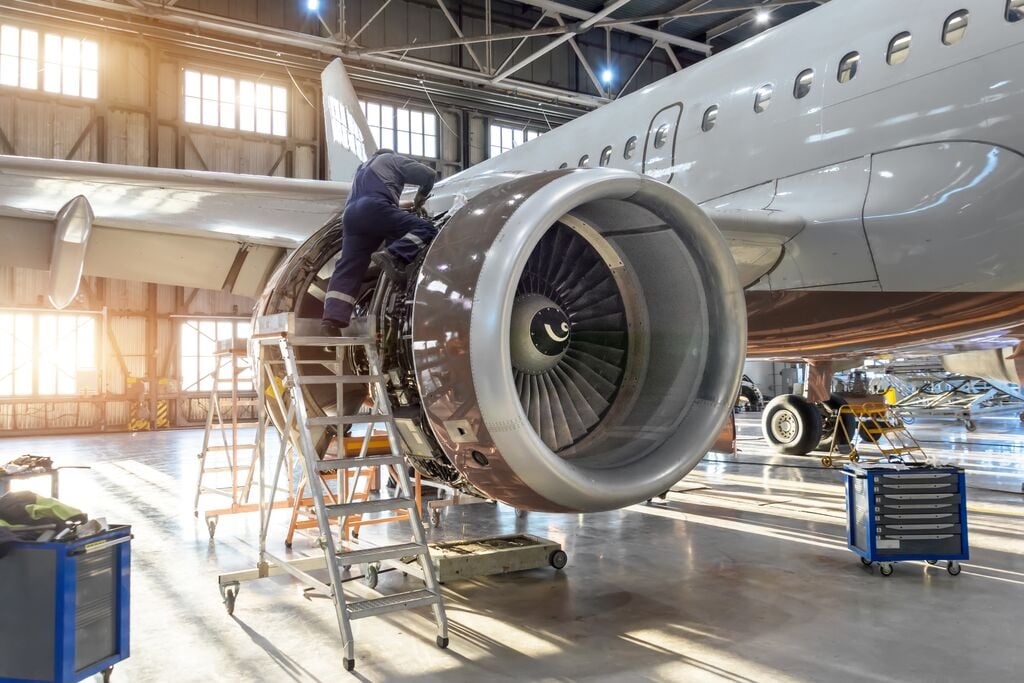As the urgency of the climate crisis intensifies, sector-specific climate strategies enable more precise interventions, as well as fostering innovation and resilience across industries where cross-over exists. This approach not only enhances the effectiveness of climate policies but also drives sustainable growth by aligning environmental goals with sectoral strengths.
Food industry: A focus on energy, water, and packaging
The food and beverage sector is undergoing a significant transformation as it pushes towards clean energy. Many food manufacturers and retailers are turning to renewable energy sources to power their operations, recognising the substantial impact that energy consumption has on their carbon footprint.
As just one example, several leading retailers in the UK have endorsed reducing the official storage temperature for frozen foods from -18°C to -15°C – a seemingly minor adjustment that could yield substantial reductions in greenhouse gas emissions. This initiative, led by Morrison's and supported by others, highlights how revisiting and innovating around established norms and operational processes can lead to significant environmental benefits without compromising food safety.
Water management is another critical area of focus. Given the extensive water usage in food production, companies are exploring ways to minimise water consumption and source water more sustainably. Packaging is also being rethought from a circular economy perspective. Innovations in packaging materials and ways to bring packaging back into the production cycle are proving vital steps toward reducing the industry's environmental impact.
Aerospace: Sustainable fuels and unified stakeholder action
In the aerospace sector, we’re seeing climate strategy revolves around three key areas: aircraft technology, propulsion systems and infrastructure. A significant innovation is the development and adoption of Sustainable Aviation Fuel (SAF), which represents a major near-term solution for reducing carbon emissions. While SAF does not directly lower emissions from aircraft engines, it offers significant carbon savings during production, making use of feedstocks like corn or bio-waste, which are less carbon-intensive than traditional hydrocarbons.
The aerospace industry also faces the challenge of aligning global regulations and stakeholder actions. Different regions have varying levels of commitment and regulatory frameworks for SAF adoption, which creates discrepancies in how quickly and effectively climate strategies can be implemented. For example, Europe’s ReFuelEU Aviation Directive mandates specific SAF usage, while other regions are still developing their regulatory approaches. We’re starting to see increased collaboration amongst airlines, airports, regulators and fuel producers to create a more unified and impactful approach, and this should be replicated elsewhere. Discrepancy between regional regulations is certainly not unique to aerospace, and this is just one example of cross-sector challenges.
Common challenges: Scope 3 emissions
An additional challenge across sectors, arguably the most pressing, is the management of Scope 3 emissions, which encompass the indirect emissions that occur across a company’s entire value chain. For the food industry, Scope 3 emissions are particularly significant given the complexity of global supply chains and the reliance on agriculture. We are, however, seeing increasing collaboration with farmers to promote sustainable practices, such as regenerative agriculture, which not only reduces emissions but also enhances soil health and biodiversity.
In aerospace, the supply chain challenge is equally daunting. The production of SAF, for instance, involves a complex network of stakeholders including farmers, fuel producers, Original Equipment Manufacturer (OEMs) and airlines. The competition between food production and fuel production for feedstocks like corn interestingly adds another layer of complexity, raising concerns about food security and the economic viability of SAF production.
Cross-sector shared solutions
Having identified that there are common challenges amongst sectors, there are also shared solutions. The solutions emerging from the food and aerospace sectors offer valuable insights that can be applied across industries like engineering and construction, energy and renewables, and consumer goods. In engineering and construction, the adoption of sustainable materials and energy-efficient practices mirrors the innovative approaches in food production aimed at minimising waste and conserving resources.
The aerospace industry’s advancements in carbon reduction technologies also resonate with the renewable energy sector's push for cleaner, more efficient power solutions. Whether it’s optimising supply chains, enhancing energy efficiency, or developing sustainable materials, the strategies driving progress in one sector can often be adapted to others. For consumer goods, the focus on circular economy principles again aligns with what we’re seeing in food packaging and broader trend of designing for sustainability. By embracing these shared strategies, we can amplify the impact of our climate efforts and drive meaningful change across multiple sectors.
The financial services sector also plays a crucial role in driving climate strategies across industries. Financial incentives, such as government-backed schemes, tax breaks and blended finance initiatives, are essential for overcoming the economic barriers to implementing sustainable practices. These incentives can help bridge the gap between the cost of adopting new technologies, such as SAF, and the long-term environmental benefits they provide.
Across all sectors, the verification of carbon emissions is also a critical component of any climate strategy. Accurate and transparent carbon accounting allows businesses to measure their progress, identify areas for improvement and build trust with stakeholders. Verification processes, supported by independent third-party audits, ensure that companies' climate claims are credible and that their efforts are contributing to the global goal of net-zero emissions.
As the climate crisis intensifies, the need for sector-specific approaches to climate strategy becomes increasingly clear. Each industry has its unique challenges, but there are also significant opportunities for collaboration and shared learning. By leveraging innovations in areas like sustainable fuels, renewable energy and circular economy practices, and by ensuring robust carbon verification processes, businesses can make meaningful progress toward a more sustainable future. While governments can work to incentivise, regulate and legislate on environmental impacts, the responsibility lies with businesses to respond, take responsibility, and drive real change on-the-ground.
Find out how LRQA can help in addressing the impact of ESG challenges on your business.









